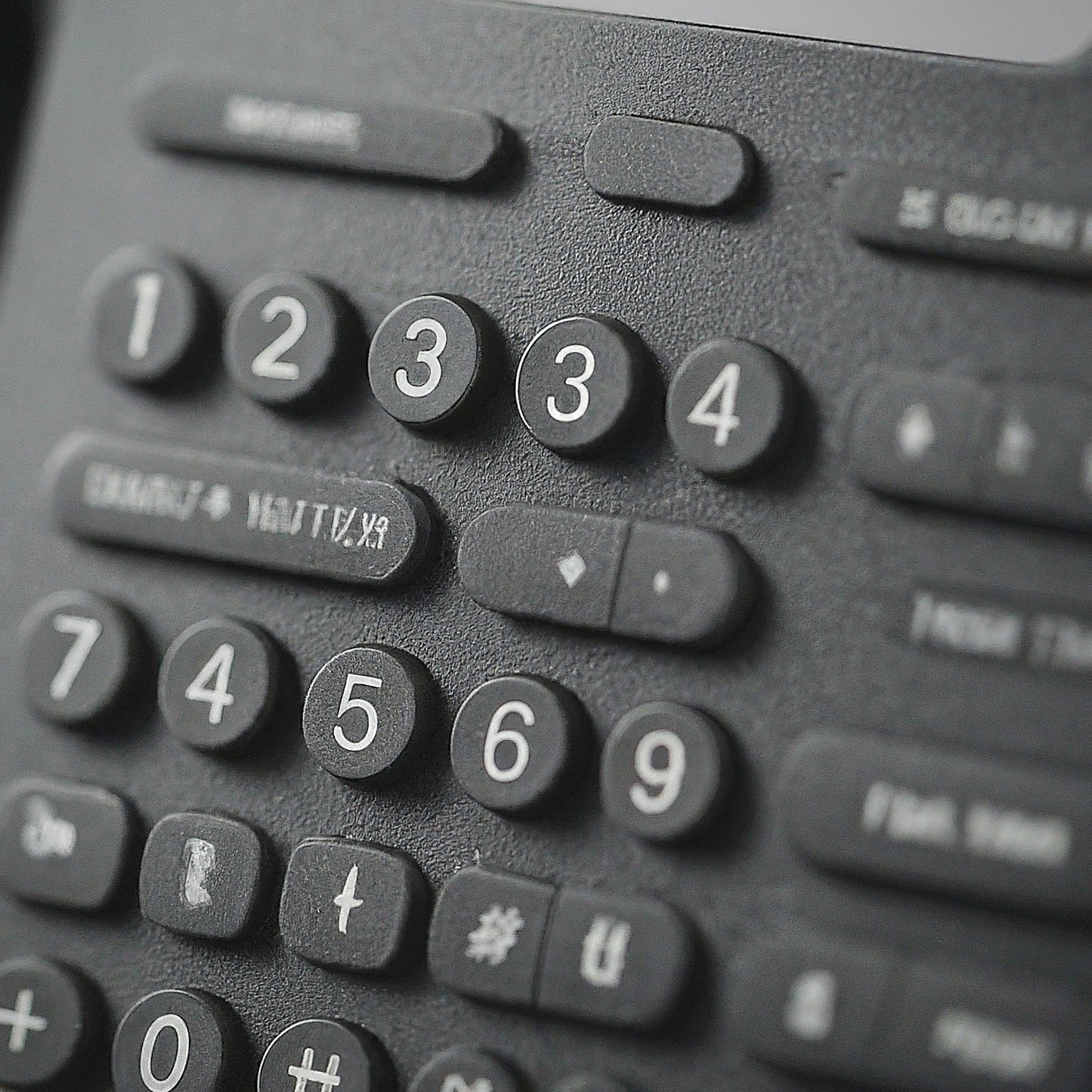In our increasingly interconnected world, making international calls has become a regular occurrence for many. Whether it’s for business, personal reasons, or simply to connect with loved ones abroad, knowing what to dial before an international number is essential. This comprehensive guide will delve into the intricacies of international dialing codes, providing you with the knowledge you need to make seamless international calls.

Understanding International Dialing Codes
International dialing codes, also known as exit codes or international access codes, are numerical prefixes that signal your telephone carrier that you are making an international call. These codes vary from country to country, and sometimes even within specific regions. The purpose of these codes is to route your call correctly through the international telephone network, ensuring that it reaches its intended destination.
The Importance of Knowing What to Dial Before an International Number
Dialing the correct international code is crucial for several reasons:
- Successful Call Completion: Without the correct code, your call will likely fail to connect, leading to frustration and wasted time.
- Cost Savings: In some cases, dialing the wrong code could result in higher call charges, especially if you are redirected to an incorrect number.
- Efficiency: Knowing the correct code helps streamline the calling process, allowing you to connect with your international contacts quickly and efficiently.
How to Find the Correct International Dialing Code
There are several ways to find the correct international dialing code for your country or region:
- Online Resources: Numerous websites and online directories provide comprehensive lists of international dialing codes. A simple search engine query like “international dialing codes” will yield numerous results.
- Telephone Directories: Many telephone directories include a section on international calling codes. Check the front or back pages of your directory for this information.
- Your Telephone Carrier: Contact your telephone carrier’s customer service department. They can provide you with the correct international dialing code for your specific location.
Common International Dialing Codes
While international dialing codes vary widely, some of the most common ones include:
- 00: This is the standard international dialing code for many countries in Europe, Asia, and Africa.
- 011: This code is used primarily in North America (United States and Canada).
- +: The plus sign is a universal international dialing code that can be used in place of the specific code for your country. It is particularly useful when using mobile phones.
Step-by-Step Guide to Dialing an International Number
- International Dialing Code: Dial the international dialing code for your country or region (e.g., 00, 011, +).
- Country Code: Dial the country code for the country you are calling. This is a numerical code that identifies the specific country (e.g., 1 for the United States, 44 for the United Kingdom, 81 for Japan).
- Area Code (if applicable): If the number you are calling has an area code, dial it next. Area codes are used to identify specific regions within a country.
- Phone Number: Finally, dial the actual phone number of the person or business you are trying to reach.
Example:
To call a number in the United Kingdom from the United States, you would dial:
011 (International Dialing Code for the US) + 44 (Country Code for the UK) + Area Code (if applicable) + Phone Number
Important Considerations
- Mobile Phones: When using a mobile phone, you can often replace the specific international dialing code with the plus sign (+). This is because mobile phones are designed to automatically recognize the plus sign as the international dialing code.
- Toll-Free Numbers: Toll-free numbers (e.g., 800 numbers in the US) are often not accessible from outside the country where they are issued. Check with the toll-free number provider for international calling options.
- Calling Cards: International calling cards can be a cost-effective way to make international calls, especially if you are calling from a landline. These cards often have their own dialing instructions, so be sure to follow them carefully.
Troubleshooting Common International Dialing Issues
- Call Fails to Connect: Double-check that you have dialed the correct international dialing code, country code, area code (if applicable), and phone number. If the issue persists, contact your telephone carrier for assistance.
- High Call Charges: If you are experiencing unexpectedly high call charges, verify that you are using the correct dialing code. Some carriers may charge higher rates for calls made using incorrect codes.
- Poor Call Quality: Poor call quality can be caused by various factors, including network congestion, technical issues, or the distance between the caller and receiver. Try calling again later or from a different location.
The Future of International Dialing
As technology continues to evolve, the way we make international calls is also changing. Voice over Internet Protocol (VoIP) services like Skype and WhatsApp are becoming increasingly popular, offering affordable and convenient international calling options. Additionally, the rise of 5G networks promises to further improve call quality and reliability for international calls.
Conclusion
Knowing what to dial before an international number is essential for successful and cost-effective international communication. By understanding the intricacies of international dialing codes and following the steps outlined in this guide, you can connect with your international contacts seamlessly. As the world becomes more interconnected, the ability to make international calls efficiently will only become more important. By mastering the art of international dialing, you can stay connected with friends, family, and colleagues around the globe.
I hope this comprehensive guide has been helpful in answering your questions about what to dial before an international number.
لا تعليق